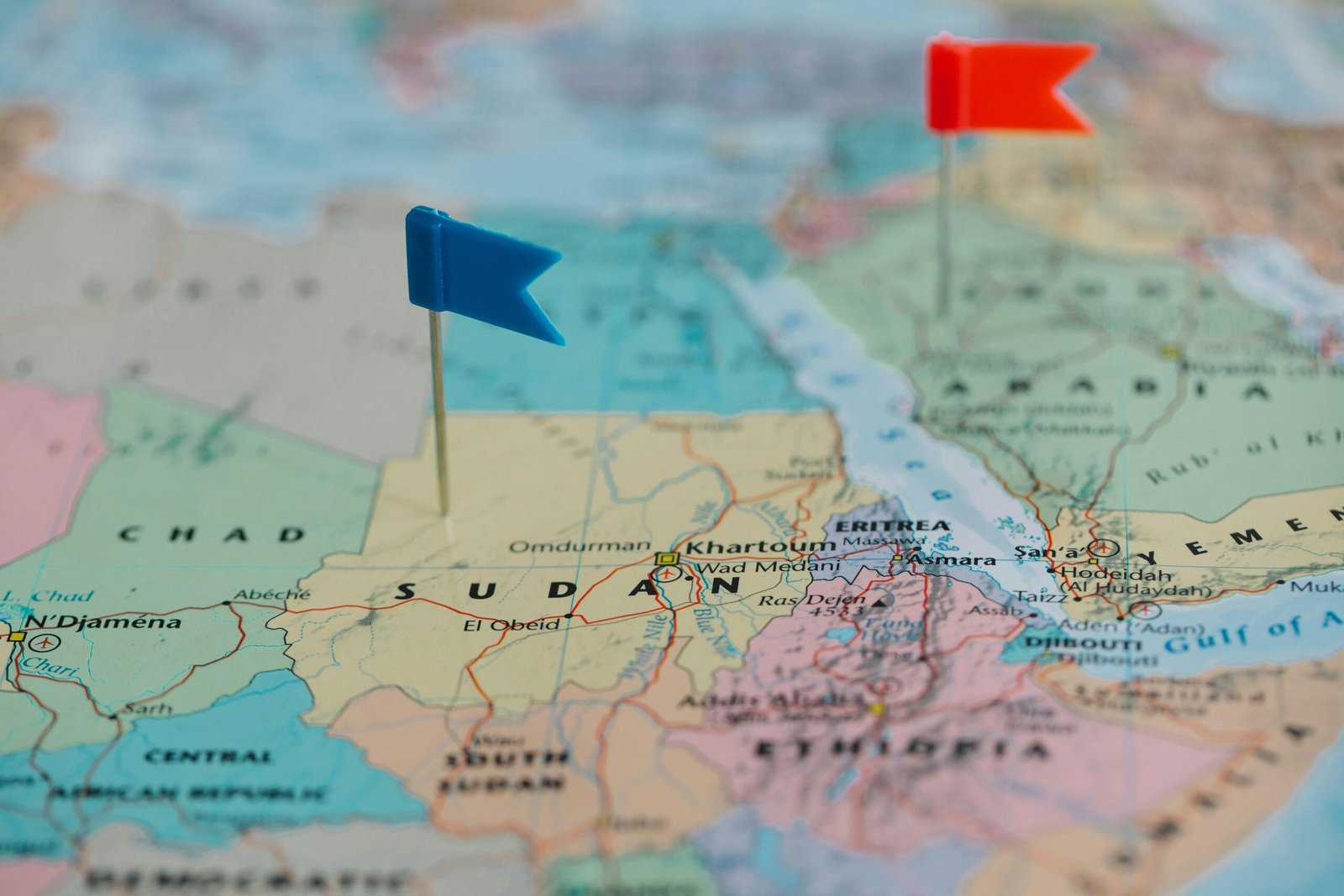Unraveling the 52 Country Myth: The Real Number of African Nations
Are you looking for information about the 52 country count often associated with Africa? You have come to the right place. For a long time, many sources cited this number. However, the political map of the world is constantly changing. Therefore, it’s important to have the most current information.
Why Do People Search for the ’52 Country’ Number?
The « 52 country » figure is a bit outdated, but it’s easy to see why it persists. For many years, this was a commonly accepted number. This count was accurate before key geopolitical events changed the continent’s landscape. Consequently, older textbooks and online articles may still reference it.
The most significant recent change was the independence of South Sudan. Before it became a sovereign nation in 2011, Africa had a different count. Go back further, and you can see how numbers shifted over time. In short, the « 52 country » idea is a relic of a previous era.
The Official Count: How Many Countries Are in Africa?
So, what is the correct number today? As of 2025, Africa is home to 54 fully recognized sovereign states. This is the number acknowledged by both the United Nations (UN) and the African Union (AU). These organizations define a country based on established borders, a government, and international recognition.
It is also worth noting that there are a few territories and states with limited or no recognition. However, for official lists, the number remains 54. This clarity helps in understanding international relations and geography accurately.
Complete List of the 54 African Countries in 2025
To give you a complete picture, here is the full list of African nations. We have organized it by region for easier navigation. This helps to explore the continent’s diverse geography.
North Africa
- Algeria
- Egypt
- Libya
- Morocco
- Sudan
- Tunisia
West Africa
- Benin
- Burkina Faso
- Cabo Verde
- Côte d’Ivoire (Ivory Coast)
- Gambia
- Ghana
- Guinea
- Guinea-Bissau
- Liberia
- Mali
- Mauritania
- Niger
- Nigeria
- Senegal
- Sierra Leone
- Togo
Central Africa
- Angola
- Cameroon
- Central African Republic
- Chad
- Congo, Democratic Republic of the
- Congo, Republic of the
- Equatorial Guinea
- Gabon
- São Tomé and Príncipe
East Africa
- Burundi
- Comoros
- Djibouti
- Eritrea
- Ethiopia
- Kenya
- Madagascar
- Malawi
- Mauritius
- Mozambique
- Rwanda
- Seychelles
- Somalia
- South Sudan
- Tanzania
- Uganda
Southern Africa
- Botswana
- Eswatini (formerly Swaziland)
- Lesotho
- Namibia
- South Africa
- Zambia
- Zimbabwe
Understanding Continents and Sovereignty
Ultimately, understanding the number of countries on a continent is about more than just a number. It reflects history, politics, and the self-determination of people. The journey from a « 52 country » continent to 54 shows Africa’s dynamic and evolving nature.
Therefore, next time you hear someone mention 52 countries in Africa, you will know the full story. You can confidently share that the correct number is 54, and you’ll even know why. Keeping up with world geography is a fascinating way to understand our world better.


